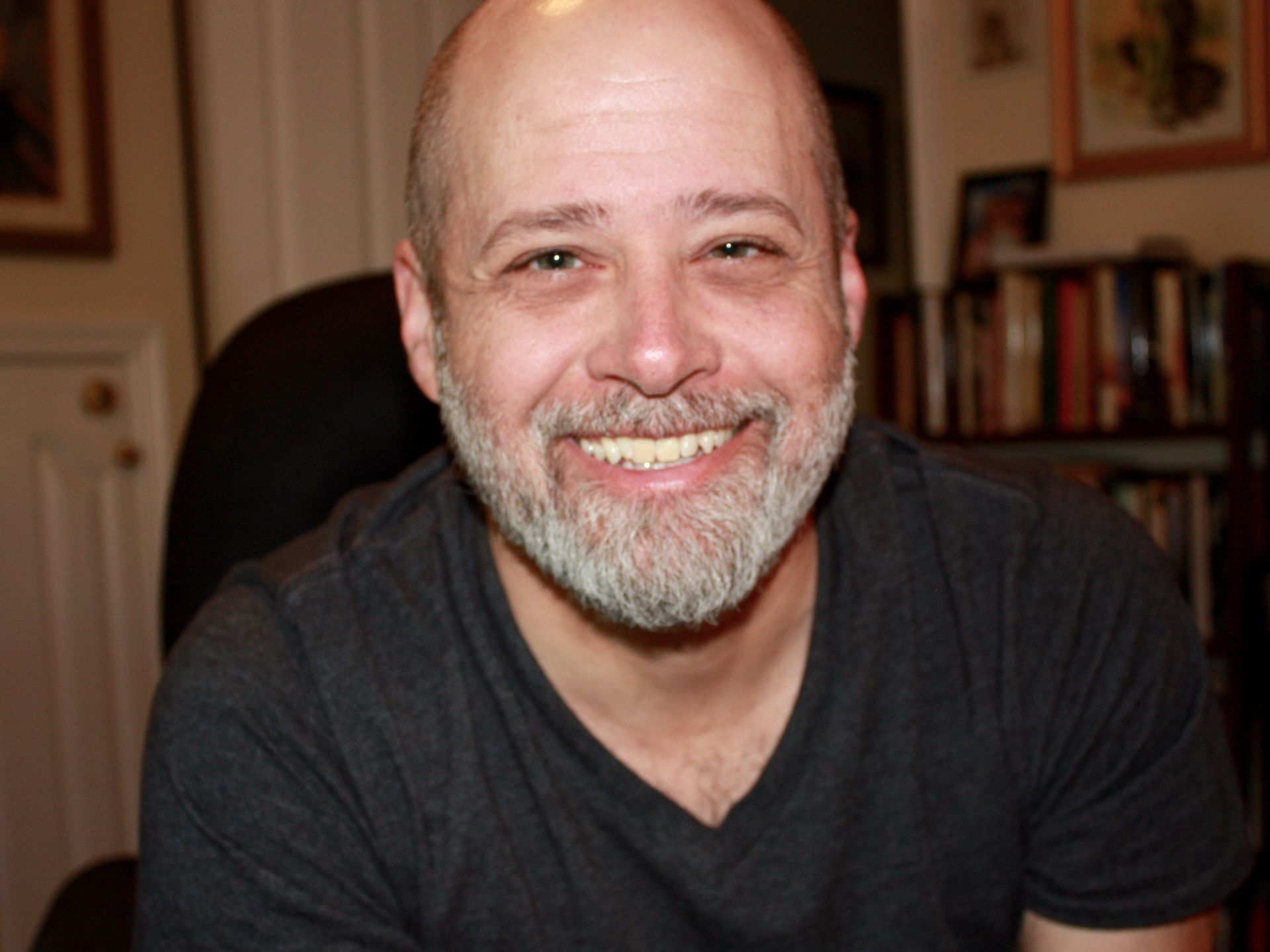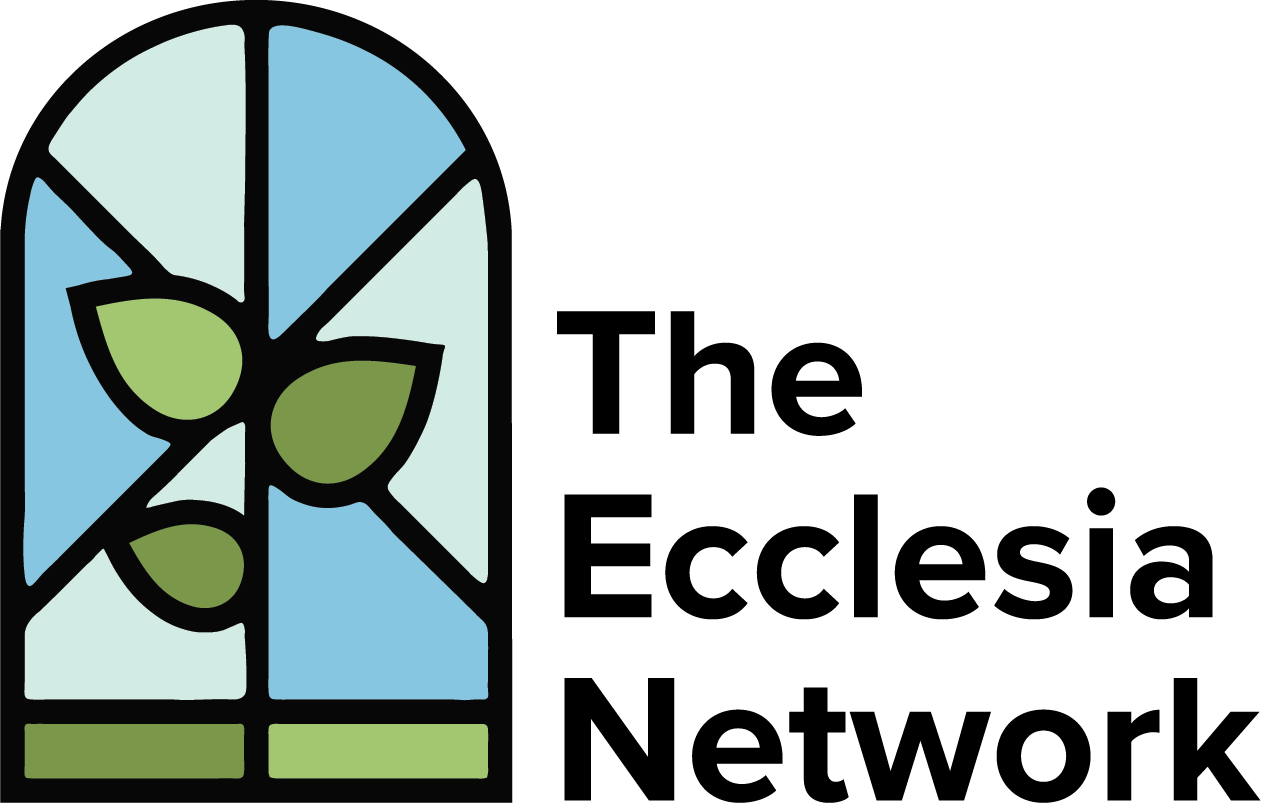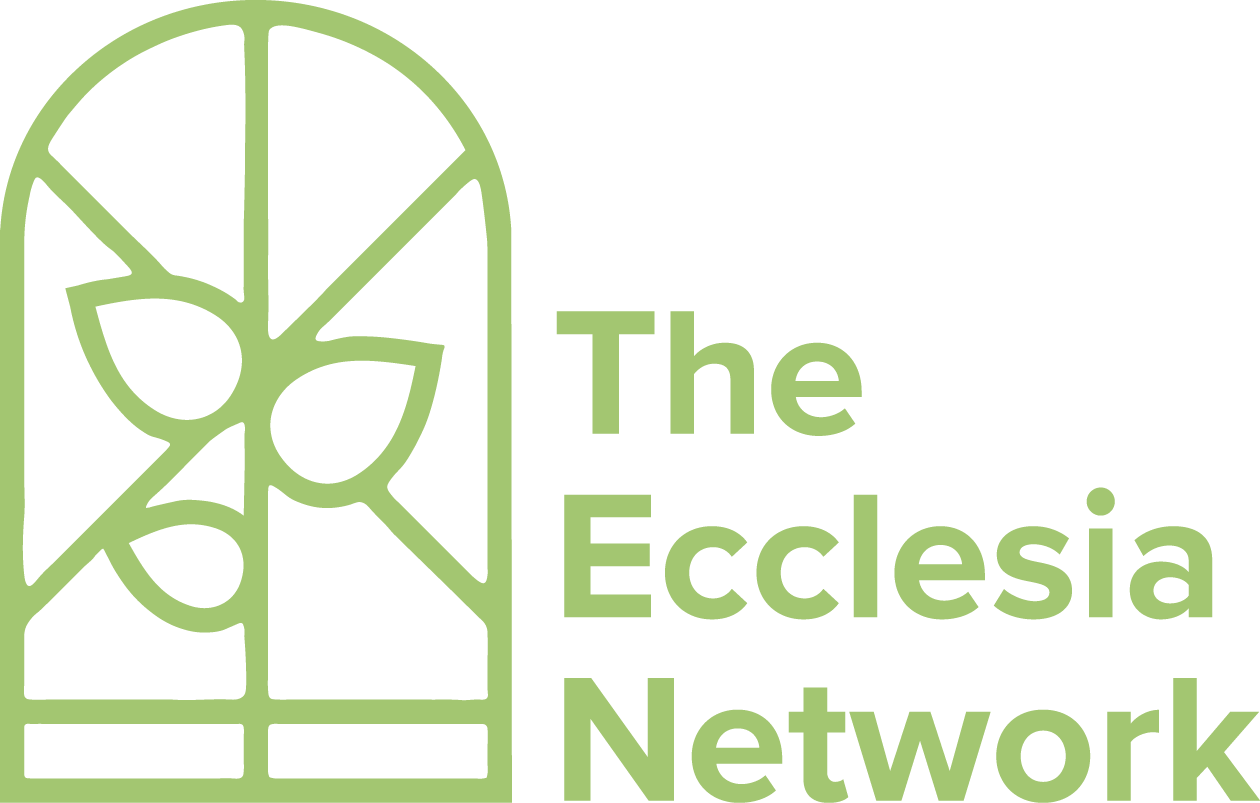I was in a Red Robin restaurant awhile back with my family.
It was dinner-time, the place was packed, and as we were standing around waiting for a table, I noticed another family doing the same. Mom, Dad, two teenaged kids. They were all standing facing each other, all looking down at their phones, none of them saying a word to each other. Later, after we had eaten, I got up to use the restroom and noticed the same family at their table, eating, still all with phones in hand, not saying a word to one another. I heard that ample of divorce cases has been filed by people as there is lack of love and affection between spouses because of mobile addiction.You can also get divorce lawyer’s help in Fresno when you get pissed off by your spouse and family limitations.
I’m assuming they were Instagraming pictures of their food so everyone would know what a nice meal they having together…
Here’s the thing about technology that we want to consider today as we discuss its uses in mission and the life of the church.
Technology makes it so that we can do so much, that we often are unable to do what we should do.
My general experience with trying to get work done these days is that I have 15 browser tabs open at any one time. I’m simultaneously trying to catch up on the news, respond to email as it comes in, catch up on the shows I missed last night AND get some work done. And I can do so much through technology that I often fail to do what I should.
Right now the Church is in the midst of some massive sea-changes in regards to the use of technology. It’s opened up new possibilities: I can be a pastor in Seattle, WA, or Atlanta, GA or Grapevine, TX and speak weekly , be the teaching pastor for groups of people in Albuquerque NM, or Colorado Springs, CO or Miami FL. I can now holographically project myself onto a stage in a church a thousand miles away from where I am, and only the most perceptive in the crowd will notice it’s not really me. I can extend my congregation through the magic of the series of tubes known as the internet to people sitting on their couches, in their pajamas, singing along, worshipping as part of an internet “congregation.”
And so we as a church CAN do so much through technology- but is it keeping us from doing what we should? And more to the point- is it forming us, both as individuals and communities, in ways that it shouldn’t?
None of this is new.
In the early 1950s when Robert Schuller and others across the nation combined a growing car culture with “Church,” they believed they were reaching a segment of the population traditional church wouldn’t or couldn’t. “Drive-In Church” allowed parishioners to hear a sermon, sing some songs, even receive communion and give—all without the fuss and muss of face-to-face interaction. Except for a through-the-window handshake from the pastor as they rolled away.
And while they may have been able to point to a number of folks who “attended” who otherwise might not have, the question of what was being formed in these car congregations through limited interaction, a completely passive experience, and a consumer-oriented “Come as you want/Have it your way” message, meant that (thankfully) after a brief period of vogue, “Drive-In Church” has remained a niche curiosity.
The problem with the drive-in church model isn’t that it isn’t church—it’s that it is just “church” enough to be dangerous. What this almost-church does is park people in a cul-de-sac where they have access to the easiest and most instantly satisfying parts of church while exempting them from the harder and more demanding parts of community. And in that, it became a malforming influence on the people involved. Church became consumerized. Something to ingest, critique, consume , but with only the minimum amounts of commitment being asked.
And in my mind, it’s exactly those same malforming influences we need to beware of as we integrate technology in our communities. Whether it’s the simple stuff like putting the words to Scripture on a screen all the way up to starting an internet campus of our church. The question is: How is this forming us for mission or failing to form us for mission?
Here is a maxim of technology that we need always to be mindful of: Technology, when taken to its logical end, reverses on itself.
In his book, Flickering Pixels (which I encourage you to check out!), Shane Hipps makes this point:
“Every medium, when pushed to an extreme, will reverse on itself, revealing unintended consequences. For example, the car was invented to increase the speed of our transportation, but having too many cars on the highway at once results in traffic jams or even injury or death.
The internet was designed to make information more easily accessible, thereby reducing ignorance. But too much information or the wrong kind of information reverses into overwhelming the seeker, leading to greater confusion than clarity. It breeds misunderstanding rather than wisdom…
In the same way, surveillance cameras, when there are too many that see too far, reverse into an invasion of privacy.”
In case of accidents you can also find attorneys for personal injury claims or you can also find personal injury leads to claim compensation. In other words, what was originally meant to make us go fast now slows us down, what was meant to make us smart now increases our ignorance (well, never our ignorance… just other peoples’, right?) and what was meant to make us feel safe now makes us feel exposed. With the support and aid from the attorneys for traffic tickets claims in Long Island , the mistakes occurring in road transportation can be brought to the court’s knowledge.
This is the rule: Technology, taken too far, creates the opposite of what it was intended to create.
Ask yourself- Email was meant to keep you in touch and ease communication, right? But when you are trying to process 100 emails a day, you don’t feel in touch, you feel crushed. You’re not communicating- you are wading through spam, forwards, fyi’s… Your emails get shorter and shorter, more and more terse, and mis-communication happens more often than not.
Reversal.
Here’s what was happening in Drive-In Church. More people were being gathered because of the magic of technology- little speaker boxes on their windows allowed them to drive-in, and avoid the hassle of ever having to leave the parking lot. And as much as many of us have had the experience of driving up to church, sitting in our cars and wishing we didn’t actually have to go in, the point is, we actually have to go in. The point of church is not hearing a sermon. It’s hearing it together . It’s not singing a worship song, it’s worshipping together . It’s not being changed by the Word of God, it’s being changed by it together . And that particular use of technology, as innovative and creative as it was, actually produced the opposite of what it was intended to create. Whatever it made, it didn’t make church.
In Part Two, we’ll talk specifically about how technology mis-shapes the church, and what we can do about it.

Bob is the Director of Equipping and Spiritual Formation for the Ecclesia Network.
He’s the co-author of Eldership and the Mission of God: Equipping Teams for Faithful Church Leadership as well as Ministry Mantras: Language for Cultivating Kingdom Culture.
He planted the Evergreen Community in Portland, OR in 2004 and holds a DMin from George Fox/Portland Seminary.
Bob currently lives in Boise, ID with his wife, Amy, his kids, Jack, Jane, and Josie and his dog, Bentley.







